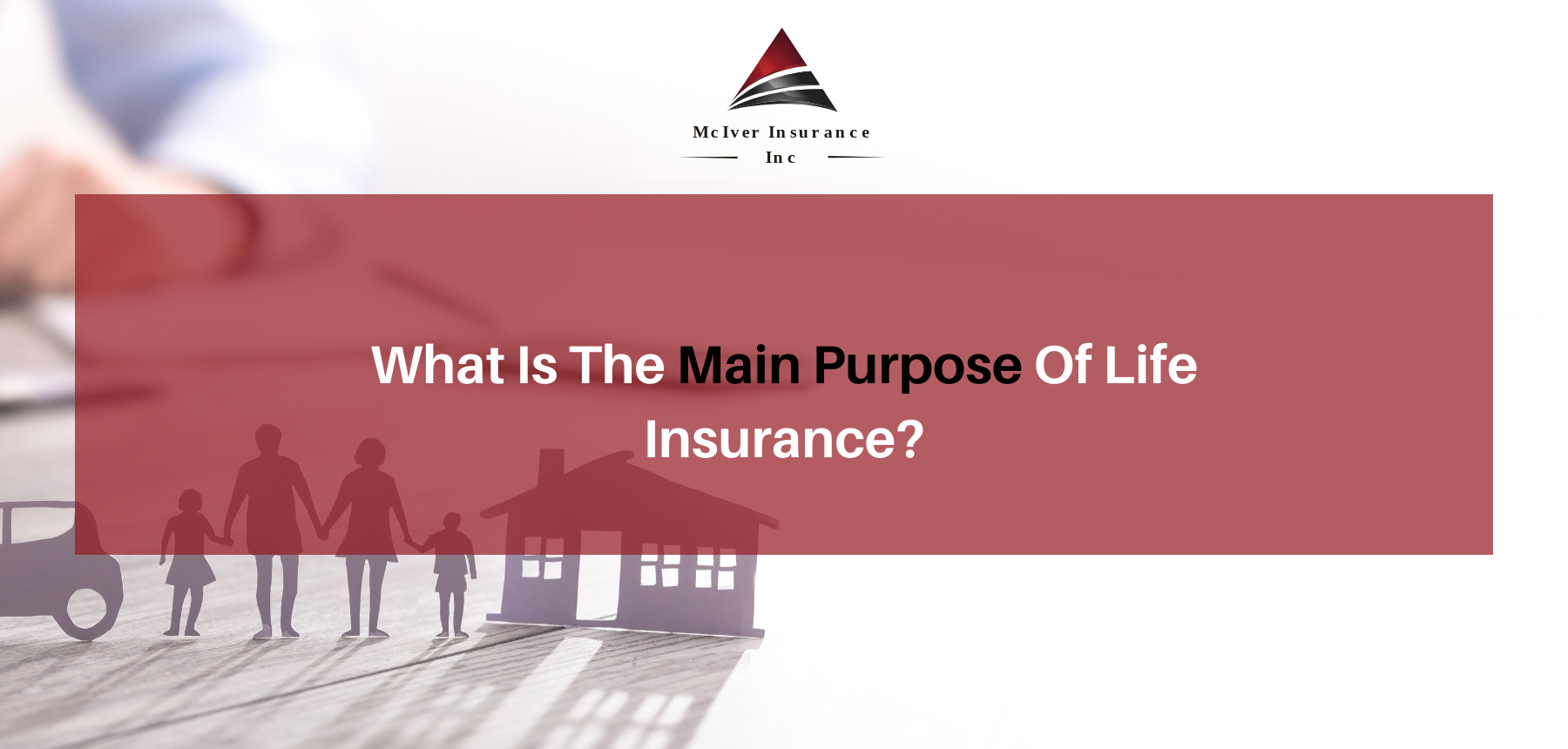Pacific Prime Fundamentals Explained
Table of ContentsThe 2-Minute Rule for Pacific PrimeHow Pacific Prime can Save You Time, Stress, and Money.Things about Pacific Prime9 Easy Facts About Pacific Prime Described7 Easy Facts About Pacific Prime Shown

This is due to the fact that the information were collected for a duration of solid financial performance. Of the estimated 42 million people who were without insurance, almost about 420,000 (concerning 1 percent) were under 65 years old, the age at which most Americans end up being eligible for Medicare; 32 million were grownups between ages 18 and 65, around 19 percent of all grownups in this age; and 10 million were children under 18 years of age, concerning 13.9 percent of all kids (Mills, 2000).
These price quotes of the number of individuals without insurance are created from the yearly March Supplement to the Existing Population Study (CPS), carried out by the Demographics Bureau. Unless otherwise kept in mind, nationwide estimates of people without wellness insurance coverage and proportions of the population with various type of protection are based on the CPS, one of the most commonly made use of source of price quotes of insurance coverage and uninsurance prices.
10 Easy Facts About Pacific Prime Explained

Still, the CPS is particularly beneficial since it produces annual price quotes fairly promptly, reporting the previous year's insurance coverage approximates each September, and because it is the basis for a constant set of quotes for greater than two decades, enabling evaluation of patterns in coverage with time. For these reasons, along with the considerable use the CPS in other research studies of insurance coverage that are provided in this report, we rely upon CPS price quotes, with limitations noted.

The price quote of the number of without insurance individuals expands when a populace's insurance coverage standing is tracked for a number of years. Over a three-year duration beginning early in 1993, 72 million people, 29 percent of the united state population, were without protection for a minimum of one month. Within a solitary year (1994 ), 53 million people experienced at the very least a month without protection (Bennefield, 1998a)
6 out of every ten without insurance grownups are themselves used. Although functioning does boost the likelihood that a person and one's member of the family will certainly have insurance policy, it is not a warranty. Even participants of families with 2 permanent wage earners have practically a one-in-ten chance of being without insurance (9.1 percent uninsured price) (Hoffman and Pohl, 2000).
Getting My Pacific Prime To Work
New immigrants make up a significant percentage of individuals without medical insurance. One analysis has actually connected a substantial portion of the current development in the size of the united state uninsured population to immigrants that showed up in the country in between 1994 and 1998 (Camarota and Edwards, 2000). Recent immigrants (those that pertained to the United States within the previous 4 years) do have a high price of being without insurance (46 percent), yet they and their kids account for simply 6 percent of those without insurance nationally (Holahan et al., 2001).
The connection between medical insurance and access to care is well developed, as recorded later on in this chapter. The connection in between wellness insurance and health results is neither straight neither straightforward, an extensive scientific and health solutions study literary works web links wellness insurance policy coverage to better access to care, better high quality, and boosted individual and population health standing.
Degrees of analysis for checking out the impacts of uninsurance. It concentrates especially on those without any kind of health insurance Recommended Site for any type of size of time.
What Does Pacific Prime Mean?
The problems faced by the underinsured remain in some respects comparable to those encountered by the without insurance, although they are usually much less extreme. group insurance plans. Uninsurance and underinsurance, nevertheless, include distinctly different policy problems, and the strategies for resolving them might vary. Throughout this research and the 5 records to comply with, the primary focus gets on individuals without wellness insurance coverage and therefore no support in spending for healthcare beyond what is available through charity and safeguard establishments
Medical insurance is an effective variable influencing invoice of care since both patients and medical professionals react to the out-of-pocket price of solutions - https://yoomark.com/content/we-are-award-winning-insurance-intermediary-choice-simplifying-world-insurance-help-you-find. Wellness insurance policy, nevertheless, is neither necessary nor adequate to acquire access to medical services. The independent and straight impact of health and wellness insurance coverage on accessibility to health and wellness services is well established.
Others will certainly get the healthcare they need even without health insurance policy, by paying for it expense or seeking it from providers who use care cost-free or at very subsidized rates. For still others, medical insurance alone does not make sure invoice of treatment due to other nonfinancial barriers, such as an absence of wellness treatment carriers in their community, minimal accessibility to transportation, illiteracy, or etymological and social distinctions.
An Unbiased View of Pacific Prime
Official research study concerning without insurance populations in the United States dates to the late 1920s and early 1930s when the Committee on the Price of Healthcare generated a collection of reports regarding financing doctor office brows through and hospitalizations. This issue became salient as the numbers of medically indigent climbed throughout the Great Depression.